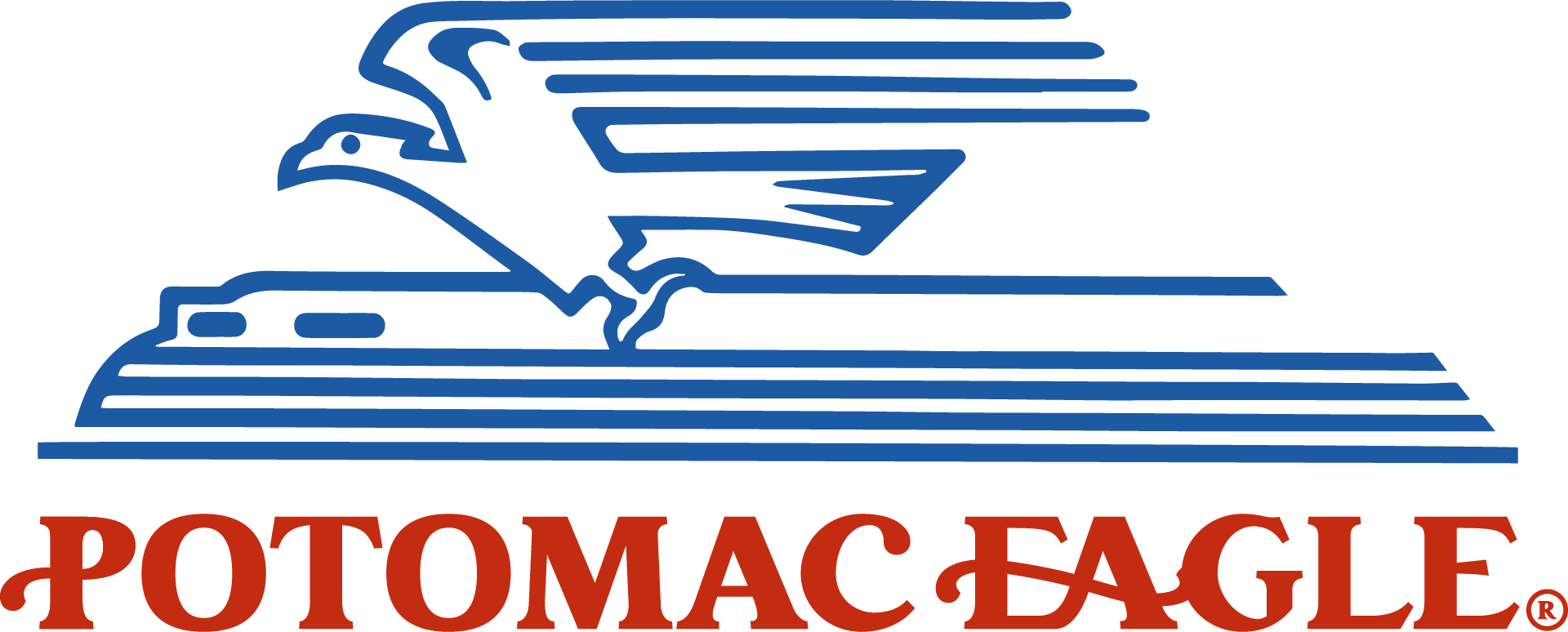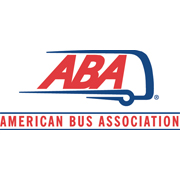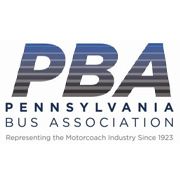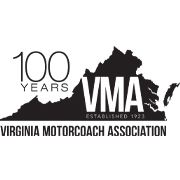Baltimore & Ohio F7A Number 722
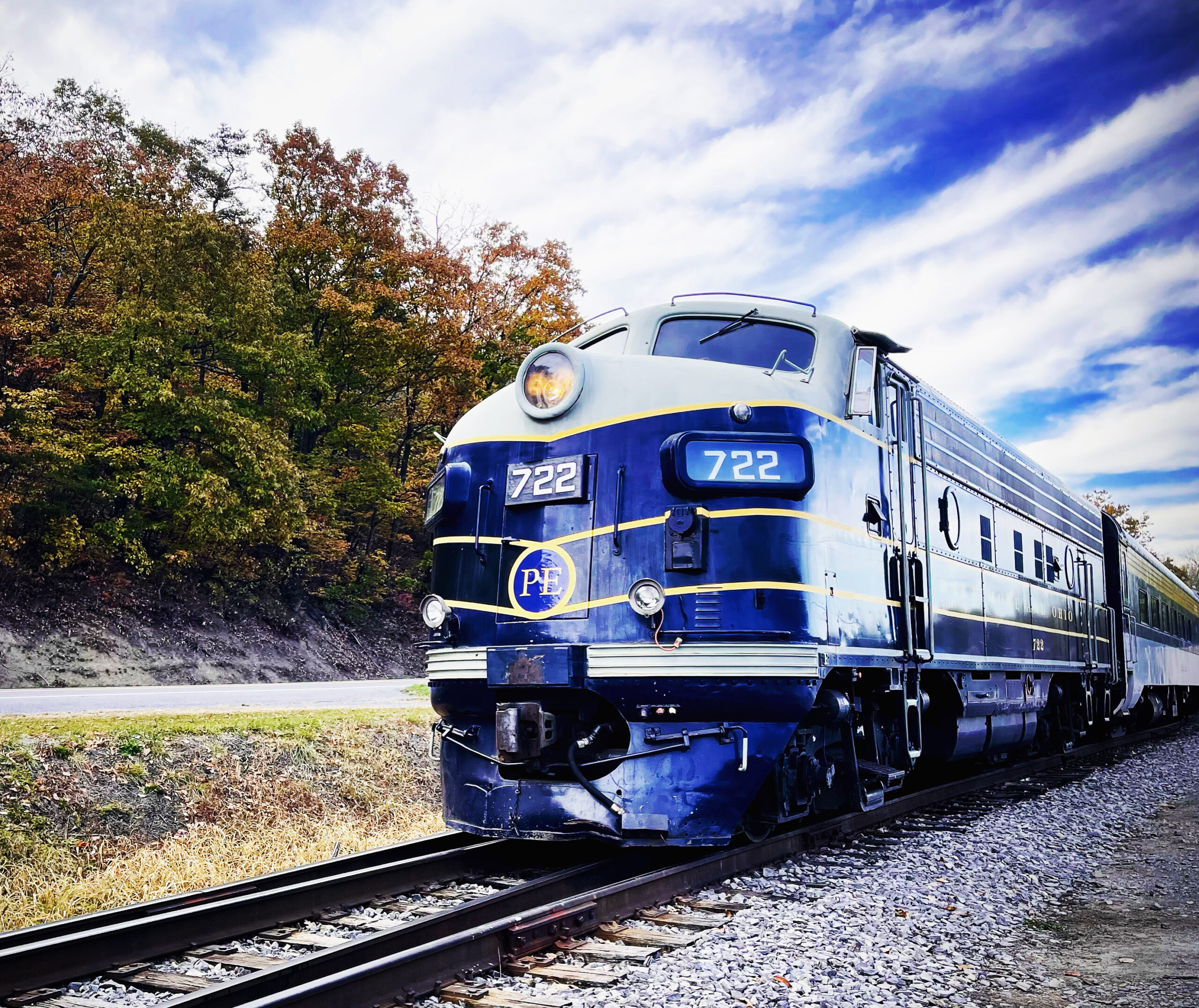
Potomac Eagle takes pride in the three locomotives that we currently own. With a rich history and expanded maintenance for improved use, these trains are equipped to give you a majestic experience on our historic tracks. The first locomotive owned by Potomac Eagle is called the Baltimore & Ohio F7A Number 722, which was built in 1952. This train, which was originally known as the Bessemer & Lake Erie 722, spent its life hauling iron ore pellets from the Conneaut, Ohio, ore docks to hungry steel mills in Pittsburgh, Pennsylvania, before getting purchased.
The F-7 was built in 1952 for the Bessemer and Lake Erie Railroad. It was part of the first wave of new diesel locomotives to replace steam engines. The 722 was built by Electro Motive Division of General Motors Corporation in La Grange, Illinois. After approximately 25 years of general service hauling coal, coke and iron ore between the Great Lakes and Pittsburgh, the unit became part of a small program that would extend the unit’s useful life on a Class 1 carrier. The unit was retrofitted for special remote control operation involving the B&LE’s dock facility in Conneaut, Ohio. Only a freak accident in August 2000 kept the unit from being one of the few to reach 50 years of service with the original owner.
The Potomac Eagle Number 722 locomotive has a long and storied past. While looking for a door to fit a former CSX 116 as part of a grant project to restore a locomotive for the C&O Historical Society, David Corbitt, then-president of the Potomac Eagle Scenic Railroad, and Charlie Sayre, retired CSX locomotive engineer, discovered an F-7 locomotive in a Youngstown, Ohio salvage yard. Corbitt was in one part of the salvage yard looking for a door while Sayre was looking in another area. Sayre spotted the 1952 locomotive and urged Corbitt to take a look.
A short time later a deal was struck for the locomotive with LTE Rail Services, owners of the F-7. Potomac Eagle Scenic Railroad employees worked with LTE’s staff to make the repairs. Lettering for the Potomac Eagle’s name was performed and a target date of September 1, 2002, was set for the locomotive to arrive at Wappocomo Station in Romney. On August 30 Potomac Eagle’s restored Number 722 arrived at the CSX yards in Cumberland, Maryland and on August 31 it was turned around and moved to Green Spring, West Virginia. Potomac Eagle engineer Craig Yokum moved the locomotive to Wappocomo Station on September 1. The 722 remained in the Potomac Eagle paint scheme until 2010 when it was repainted into B&O prior to the South Branch Valley Railroad’s 100th anniversary event in Petersburg, West Virginia.
Canadian Pacific number 8250
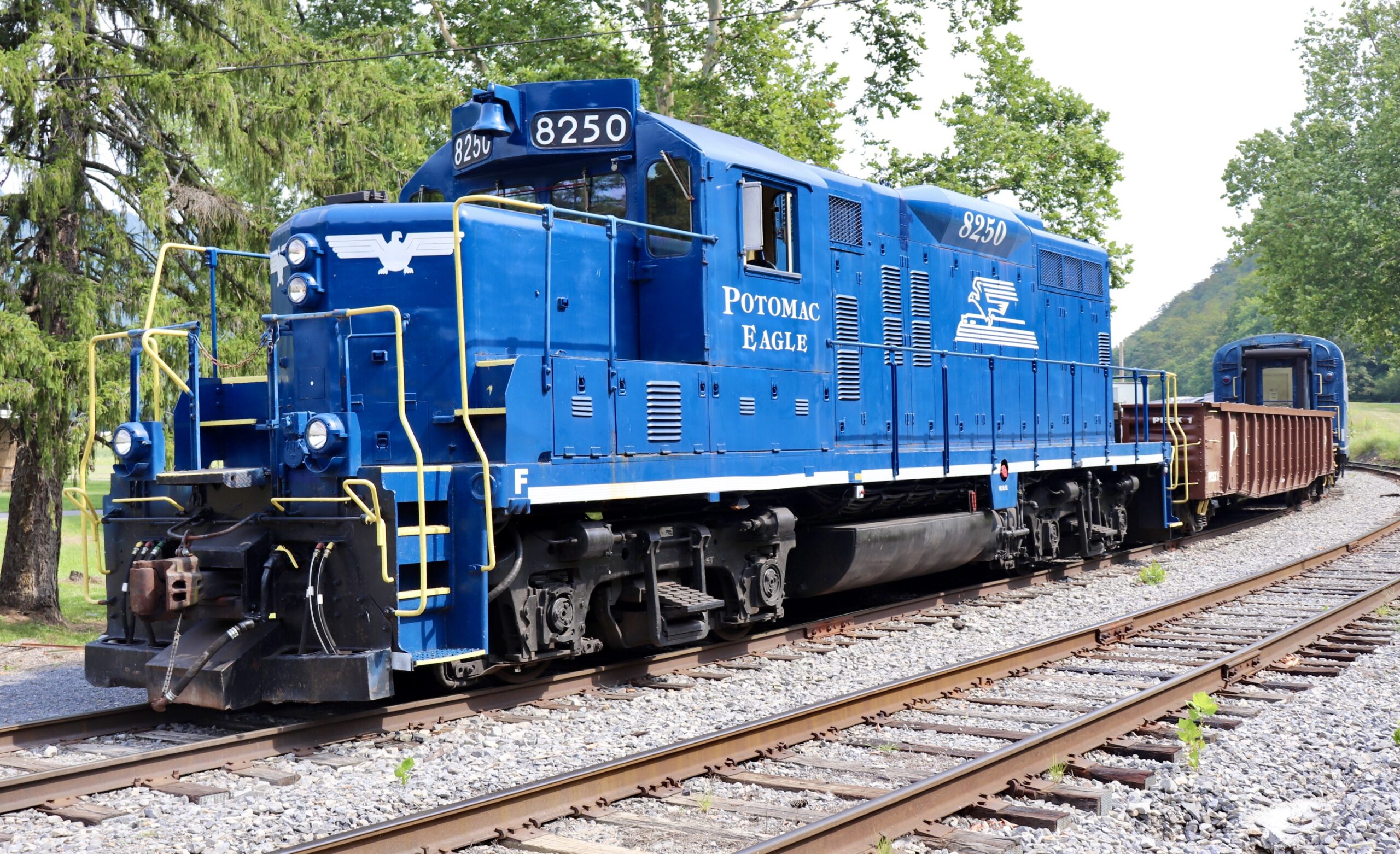
The Canadian Pacific number 8250 was built in 1955, originally known as CP 8516. After retirement, it was purchased by Larry’s Truck and Electric in Ohio in 2015. Potomac Eagle bought the train and had it delivered in November 2017. After some maintenance and a new paint job, the locomotive was completed on June 29, 2018.
Model FP9-A number 1755
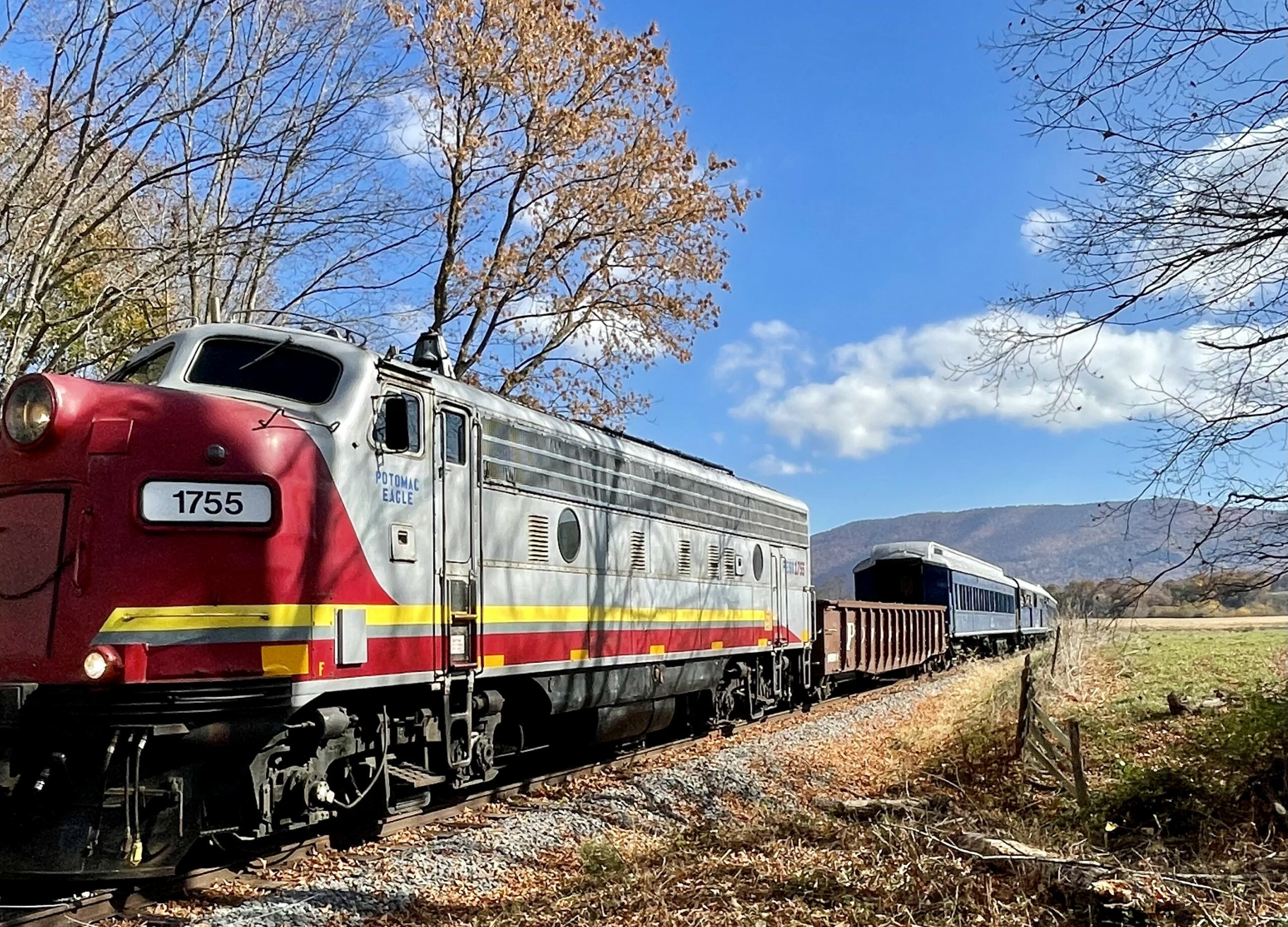
The 1755 (FP9A) was built new in 1957 by the General Motors Electro-Motive Division, and General Motors Diesel at their Canadian subsidiary in London, Ontario. It is a B-B dual-service passenger and freight-hauling diesel locomotive. The Model is an FP9-A, 1,750 (1,300 kW) horsepower locomotive built under the order number C230-A and serial number A1203. The FP9 locomotive was extended by four feet to give a greater steam generator and water capacity for hauling passenger trains. The FP9 was an offshoot of the GM-EMD’s highly successful F-unit series of cab unit diesel locomotives. The 1755 has 62:15 gearing, FRA glazing, C-Block with 645 packs and 26-C brakes.
The history of the railroads that this engine served on is: Canadian National (CN) 6531(FP9-A), VIA Rail Canada 6531(FP9A), Algoma Central (AC) 1755(FP9A), Pioneer Rail Corporation (PREX) 1755(FP9A). The Potomac Eagle Scenic Railroad purchased the 1755 from Pioneer Railcorp in December 2019. The engine was stored serviceable at the Gettysburg and Northern and moved to the Potomac Eagle in March of 2020. This historic engine is now famous after being featured in the movie, A Man Called Otto which was released by Columbia Pictures in 2023. The scenes with the 1755 were filmed at the Toledo, Ohio, depot in downtown Toledo and at the Potomac Eagle Scenic Railroad.
Unique Passenger and Dining cars
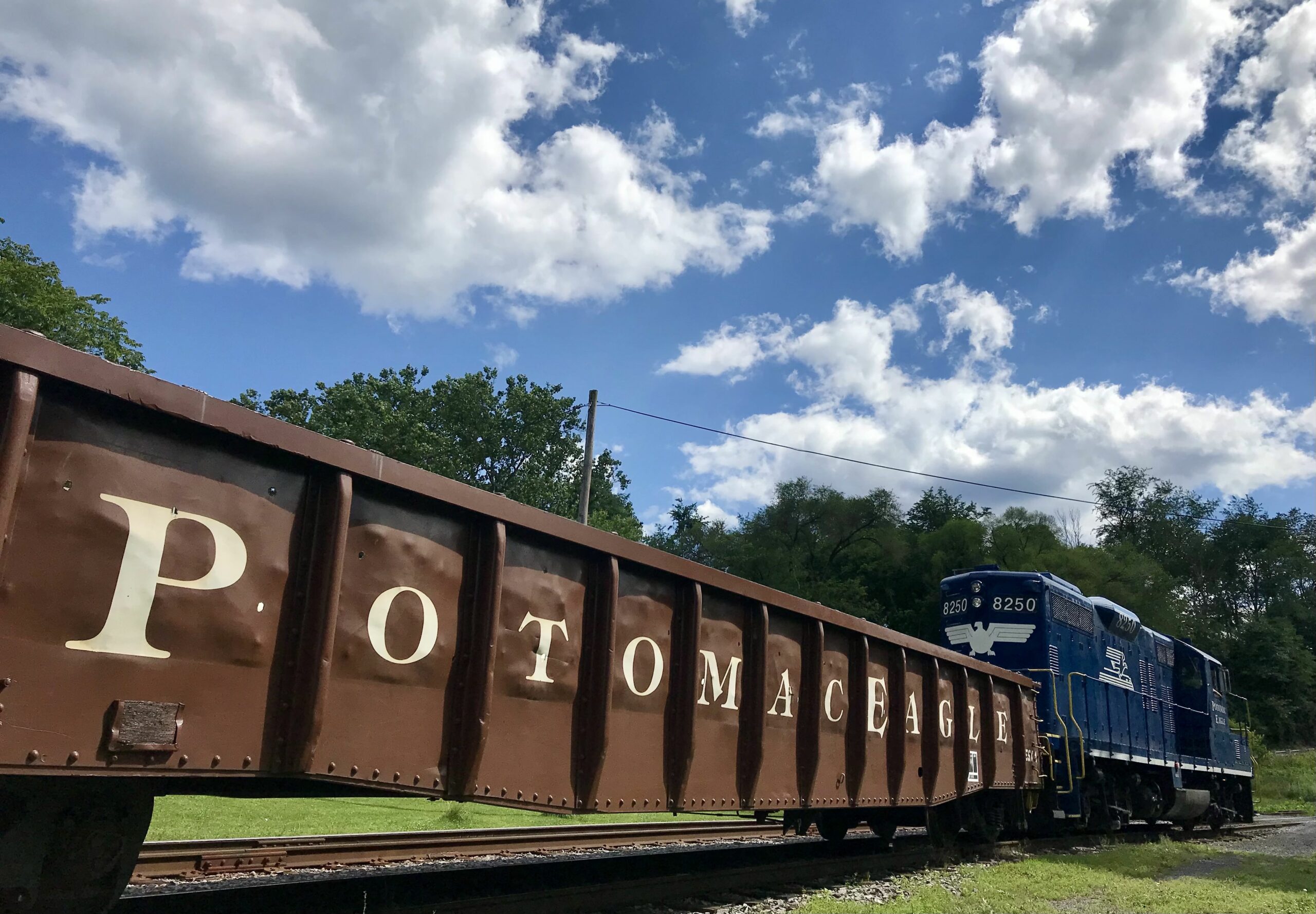

On most of the Potomac Eagle’s trips, you’ll find an open-air car or two just behind the locomotive on the south end of the train. One is an open-top gondola car that had been used to carry freight like pipes or railroad ties, but now is outfitted with benches so passengers can step outside to take in the view of Trough Canyon. The second open-air car is covered, but has large wide-open windows where you can lean out to get a better look. This car is one of several where restrooms are located.
Regular passenger coaches are coupled to the north of the open-air cars. Most of these cars came from commuter rail service on the Canadian National. Typical seating in these cars are cushioned, reversible seats where passengers can move the seat-back in order to face in either direction.
We have three cars that feature table-style seating, which is convenient for those bringing picnic lunches or passengers enjoying our on-board snack car.
In the middle of the train is the ever-important concession car, which was originally a kitchen car during the Korean War. Here, you’ll find a selection of hot dogs, nachos, candy, chips, popcorn, and other snacks that you and your party can enjoy. This car also includes beverages like hot coffee, soda, Gatorade, and water.
On the north end of the train are our Club Cars. These lounge cars, Pere Marquette’s Eagle Cañon and Chesapeake and Ohio’s Chessie Club, feature couch/loveseat style seating with tables, are climate-controlled, and include meal service. These classic, stylish looks invoke memories of the days of luxury rail travel, and help our passengers immerse themselves in the experience. This look is complemented by Chesapeake & Ohio railroad china and tableware, just as was done years ago.
Learn more about the Chessie Club car from the C&O Historical Society Chessie Club Car article. Included you will find a diagram of the car. The seating areas of both the Chessie Club and Eagle Cañon are very similar. In fact, they are two of only four of this style, each with a sister car that is still in operation today.
The 8524 Southern Railroad Diner was built by Budd in 1949 for the Southern Railway as a diner lounge and numbered 3309. Conveyed to Amtrak in 1979 when Amtrak took over the Southern’s passenger train service and renumbered it to 8383. It was converted to a regular Heritage Diner as well as to Head-End Power from Steam Heat in November 1984 and renumbered to 8524. The Potomac Eagle Scenic Railroad purchased the 8524 from Amtrak in December of 2019.
The 8559 Southern Pacific Diner was built by Budd in 1950 for the Southern Pacific and numbered 10210. Conveyed to Amtrak in 1971 and numbered 8060. It was converted to Head-End Power from Steam Heat in April 1981 and renumbered to 8526. It was converted to a Griddle Diner in March 1986 and renumbered to 8559.
The 8524 Southern Diner and the 8559 Southern Pacific Dining cars are used for the Potomac Eagle’s Superior and Premium meal service dining cars. The cars are equipped with full kitchens where food is prepared and served for our luxurious dining experience.
The 7600 and the 7605 Premium Dining cars were built by the Budd Company in Philadelphia, Pennsylvania, by the Pennsylvania Railroad (PRR) in 1954. Seating 76 passengers, they served on the PRR’s Northeast Corridor between New York City and Washington DC, on electrified named trains like the Congressional and the Senator. The cars then ran under the flagship of the Penn Central Railroad until their ownership passed seamlessly to Amtrak in 1971.
The cars served mostly in the Northeastern United States; notably on the Adirondack between New York and Montreal when it was named Albany. Eventually, made redundant by newer equipment, Amtrak retired the cars and they were purchased by the South Branch Valley Railroad for use on special events. The cars were leased long-term by the Potomac Eagle Scenic Railroad in 2019 for use in the upgraded dining service and have four-top and two-top tables service.
